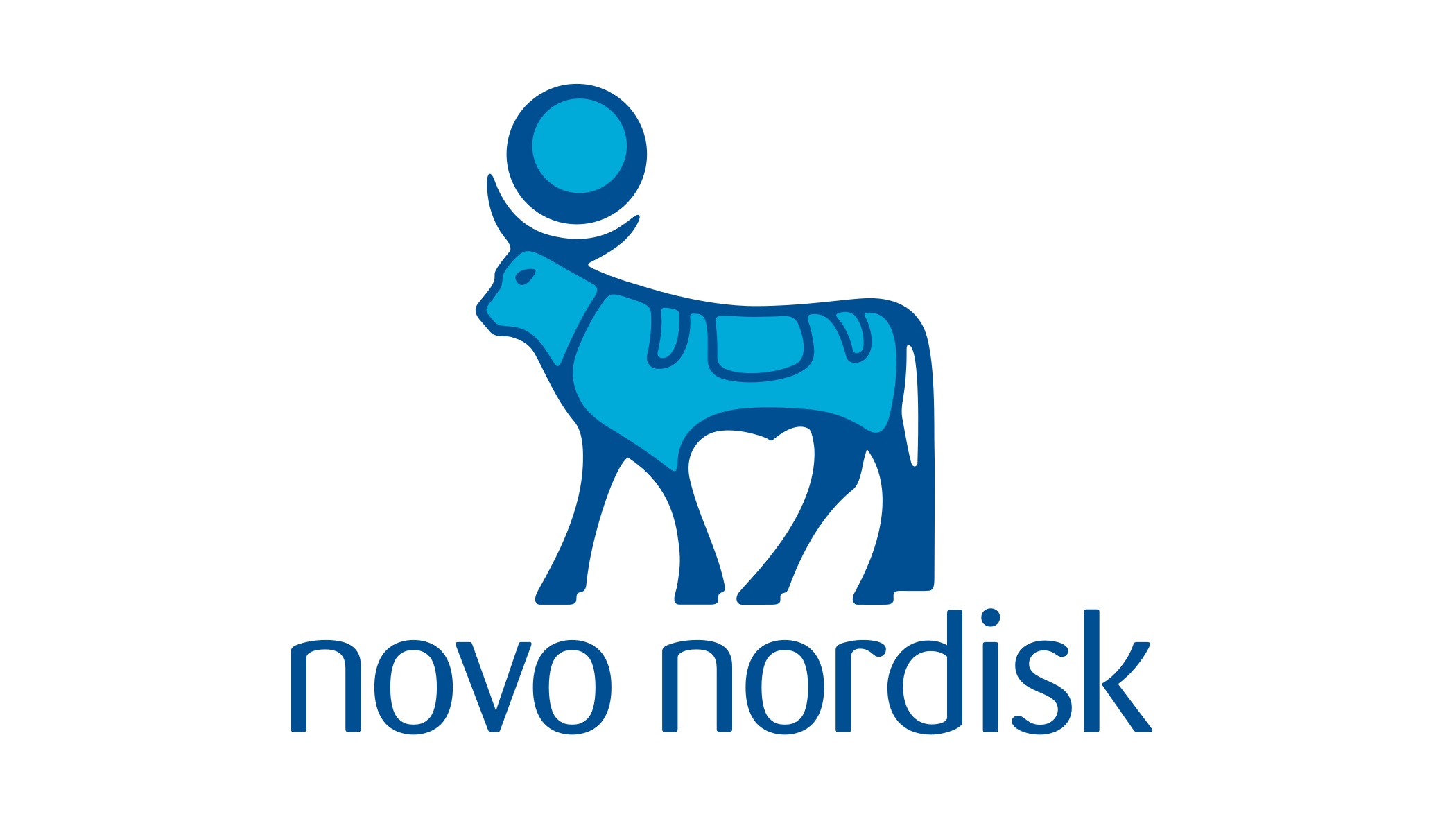Novo Nordisk staff cull swells to 1,300

Novo Nordisk has raised the number of staff it will shed this year in order to invest more in developing new drugs and supporting its most important products.
The Danish drugmaker said in September that it would shed around 400 workers in Denmark and China and another 250 in the US, but now says it expects to have shed 1,300 staff by the end of the year, with most of those reductions already implemented.
Around half have come from Novo Nordisk’s commercial operations, and according to the Wall Street Journal the money saved will be reinvested in artificial intelligence, cloud services and automation technologies.
“With our ambition to bring innovative treatments to patients, we have made some important changes aimed at boosting our R&D innovation as well as redirecting resources in other parts of the organisation to focus on our future growth drivers,” commented chief executive Lars Fruergaard Jørgensen.
The diabetes specialist, which employs more than 42,000 people around the world, made the announcement as it reported a 2% reduction in sales to DKK 82 billion in the first nine months of the year – pegged back by currency headwinds – as well as a 6% dip in operating profit resulting in part from the cost of its layoff programme
One of its biggest challenges is that it is facing pricing pressure for its insulin products in the US – which accounts for just under half its sales – as a result of recent changes to Medicare Part D that require drug manufacturers to pay higher rebates to cover funding gaps for patients. That situation looks set to worsen in 2019, with average prices after rebates expected to be lower still.
Overall, insulin sales fell 7% to DKK 44.5 billion, although Novo Nordisk says it is expanding market share thanks to newer products like long-acting basal insulin Tresiba (insulin degludec), which grew 8%, and demonstrated a strong performance in emerging markets. Once again however, the star performer for the drugmaker was its GLP-1 agonist franchise, headed by once-daily product Victoza (liraglutide), which grew 10% to DKK 18.6 billion.
New once-weekly GLP-1 drug Ozempic (semaglutide) seems to be doing well despite reaching the market behind Eli Lilly’s rival product Trulicity (dulaglutide), bringing in DKK 804 million since its launch in February, well ahead of Novo Nordisk’s expectations. Trulicity had been putting pressure on Victoza but Novo Nordisk says Ozempic has helped it retain its market lead in GLP-1 with a 47% share.
Lilly has another potential rival in mid-stage testing, namely a combined GIP/GLP-1 dual agonist called LY3298176 that some analysts think could be a threat, but Novo Nordisk reckons a new, higher-dose Ozempic formulation and an oral formulation in late-stage development could keep it on top.
Meanwhile, Novo Nordisk is also determined to shake-up its mature biopharmaceuticals business, largely made up of haemophilia drugs and growth hormone products, which has seen its sales declining of late due to increased competition and pricing pressure.
Earlier this week it agreed a bolt-on acquisition for the division, buying a diagnostic for growth hormone deficiency – called Macrilen – from Ireland’s Strongbridge Biopharma for $145 million upfront. It has also just appointed former AstraZeneca executive Ludovic Helfgott to head up the unit.












